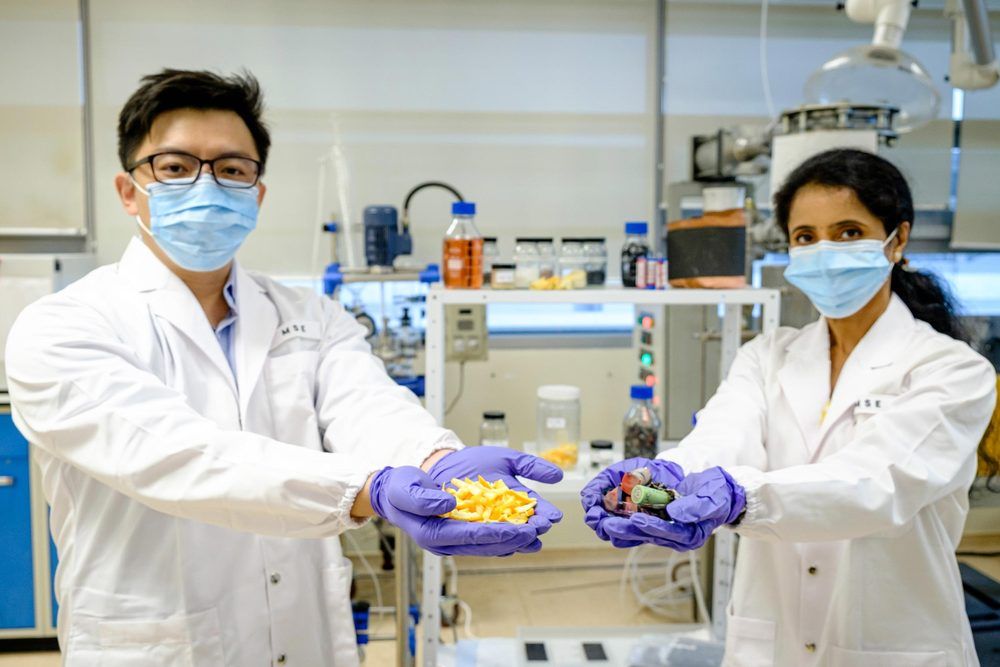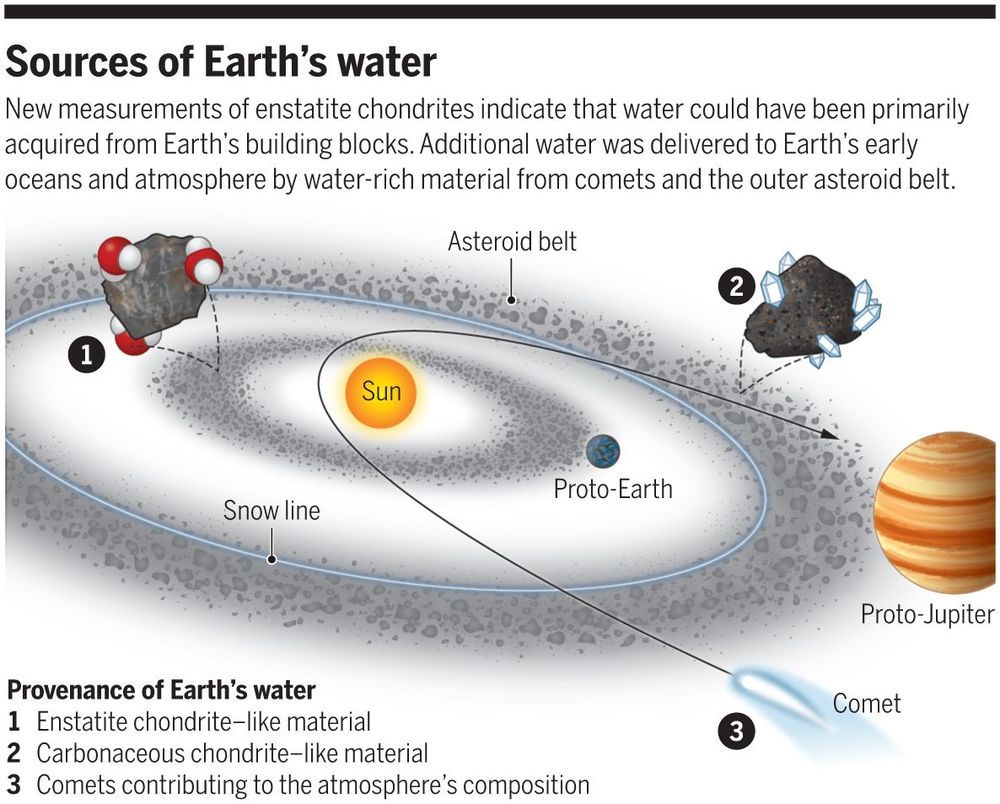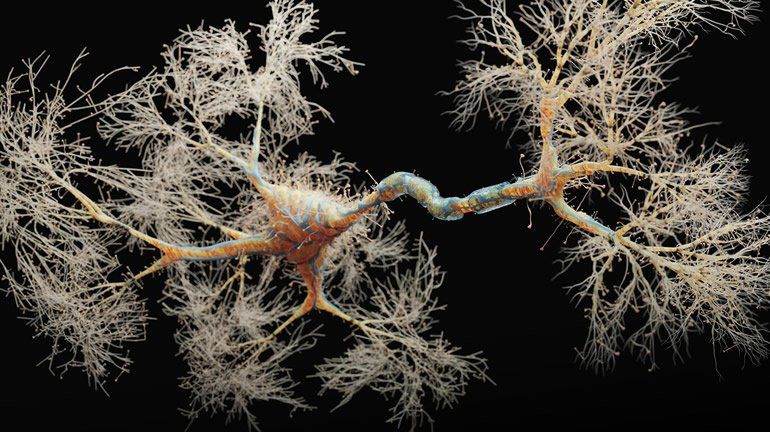Black holes are celestial objects with such massive gravity that not even light can escape their clutches once it crosses the event horizon, or point-of-no-return. The event horizons of black holes lock secrets deep within them — secrets that could completely revolutionize our understanding of physics.
Unfortunately, for decades many scientists thought whatever information falls into a black hole might be lost forever. But new research suggests that ripples in space-time, or gravitational waves may carry a faint whisper of this hidden information by revealing the presence of wispy “hairs” on a black hole’s surface.
Hair may record the information swallowed by the gravitational monsters.







